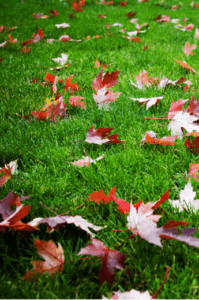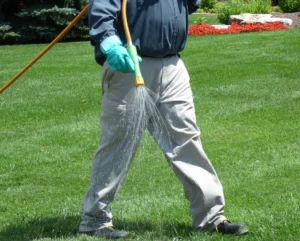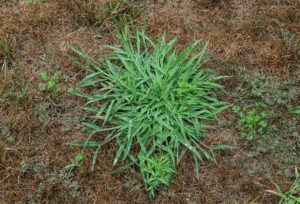Cold Weather Turf Diseases To Watch Out For
Most homeowners would not expect turf damage to take place during the winter after the growing season when turfgrass is mostly dormant. Researchers at Michigan State University, however, have lots of documentation on several very active fungi; diseases most active in temperatures from around freezing to as high as 60 degrees. Two of the most common and potentially damaging diseases are Pink Snowmold [microdochium nivale] and Gray Snowmold [typhula incarnata].
While these two diseases, loosely called “snowmold” because of the moldy appearance they exhibit while active, are similar but not identical. Both snowmolds are active on and can damage Kentucky bluegrass and bentgrass [used mostly on golf courses and not normally considered a home lawn turf variety]. And both can be active in early and late winter in the northern part of the U.S. Often spread by foot and equipment traffic, pink snowmold is more common on areas of unfrozen ground and on golf course greens, where damage can be significant.



On home lawns, gray snowmold is most commonly seen. Starting its life cycle as a non-destructive saprophyte [a disease living on but not from the plant], this disease can soon colonize living and dead grass plants, finding its way to the crowns of plants, where damage can occur in severe cases. Both pink and gray snowmold can be identified by their relative colors, pink and gray, and by the patches they form, ranging from as small as a couple of inches in diameter to up to two feet.
The good news is, most often, a light raking when the snow has melted, followed by an application of spring fertilizer, will help the lawn grow steadily out of the “moldy” condition.
Because appropriate spring lawn care practices can negate almost all snowmold damage, chemical treatment is not normally required. The key is to understand the disease and the fact that, though it can create some frightening patches on the lawn, quick action in the spring is an efficient and easy remedy.
Join Our Free Lawn Care Newsletter
Stay Up to Date With The Latest News & Updates
* We don’t share your info with anyone ever.








